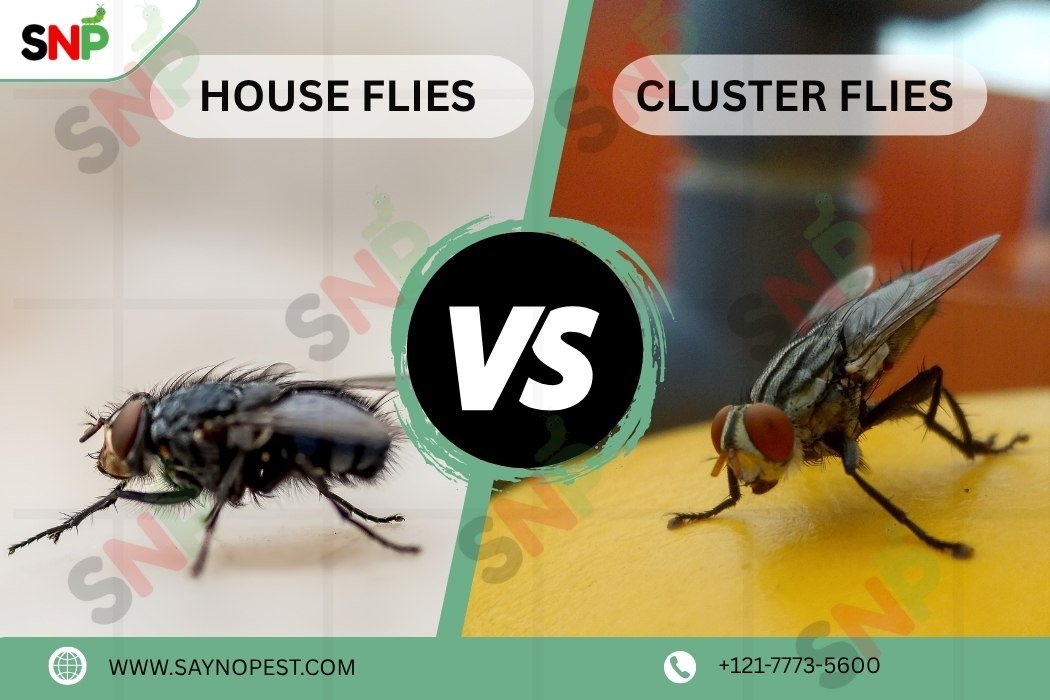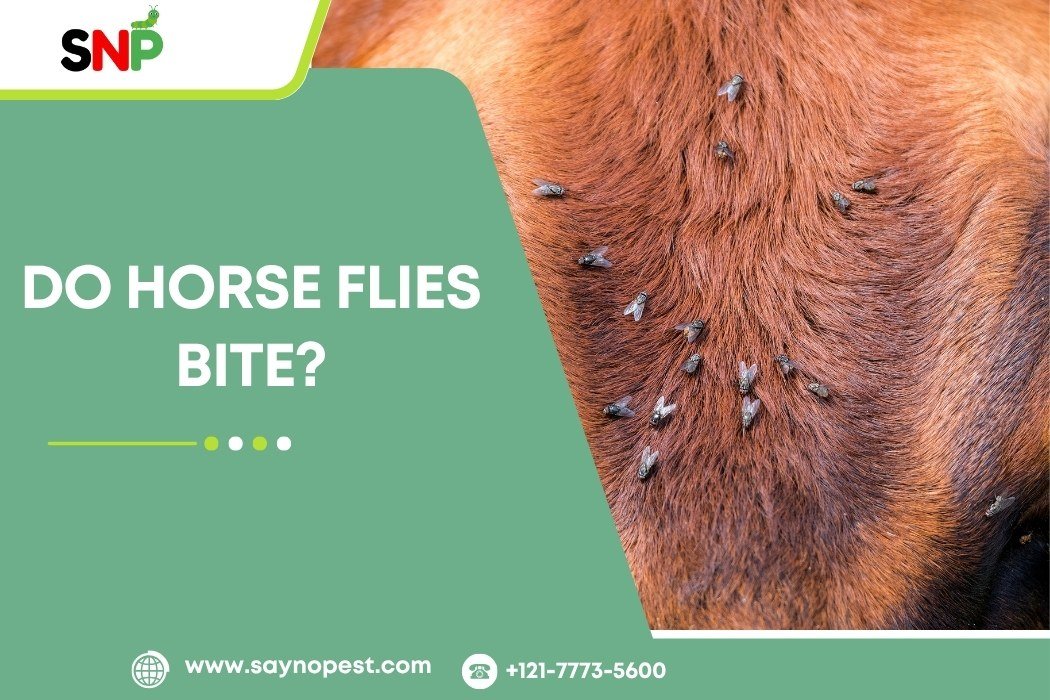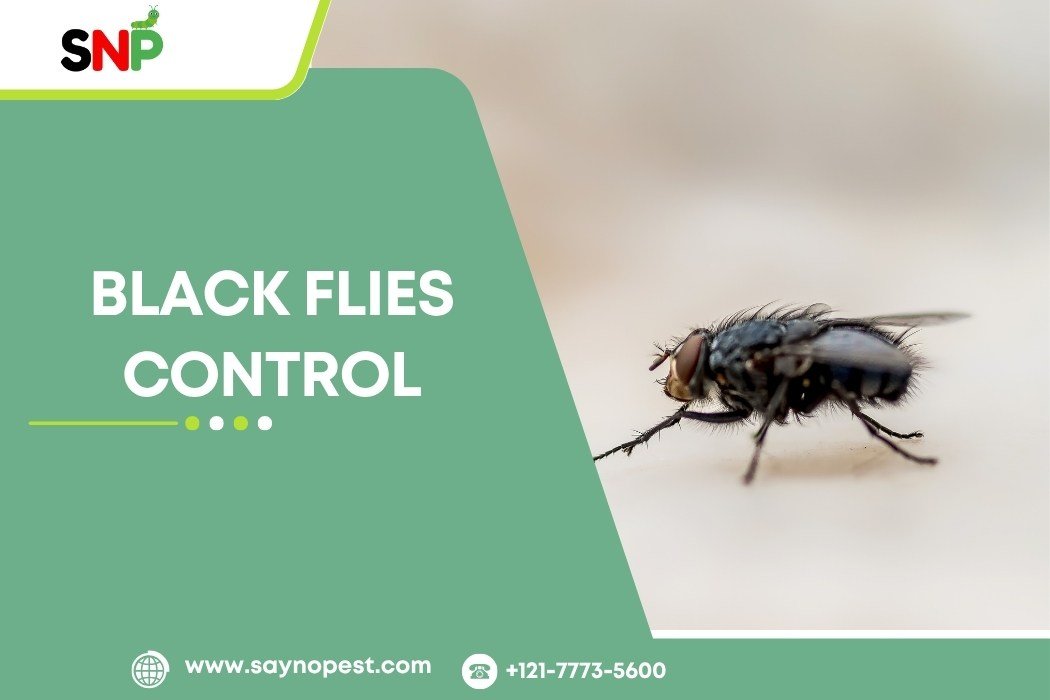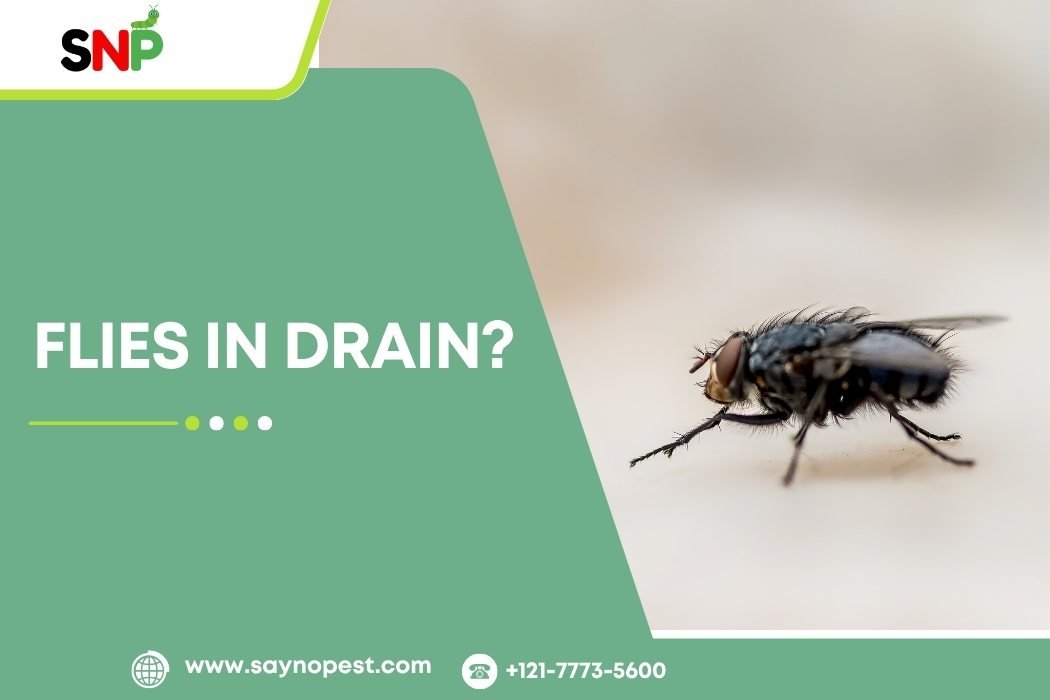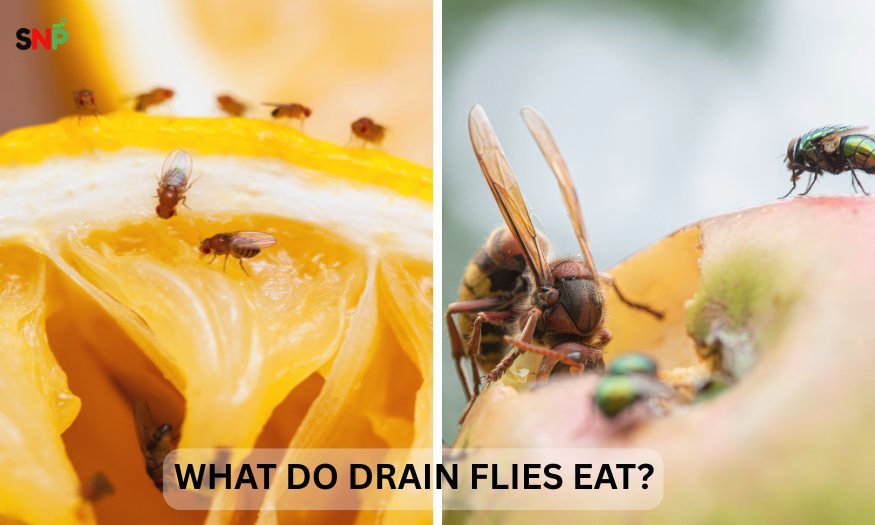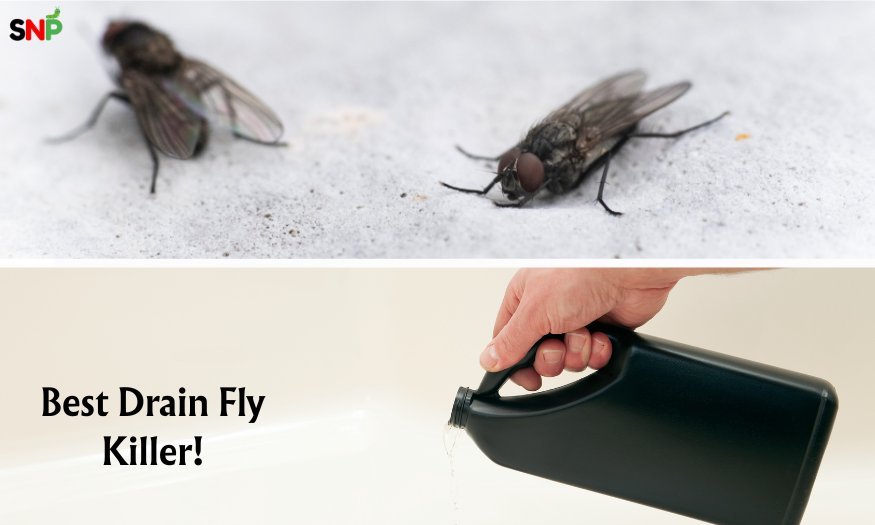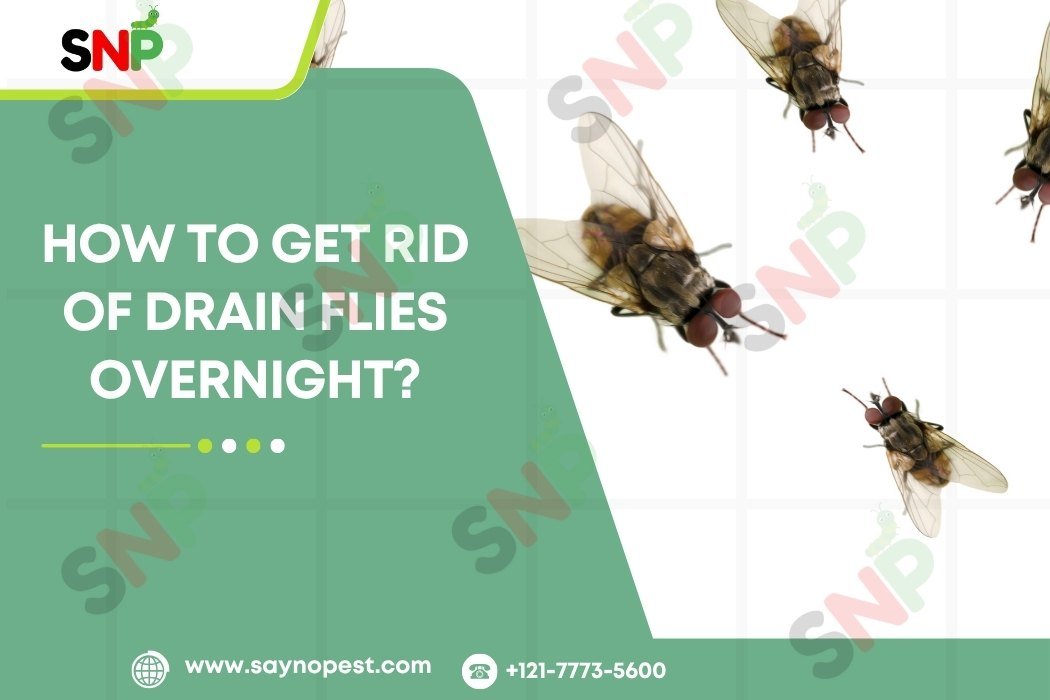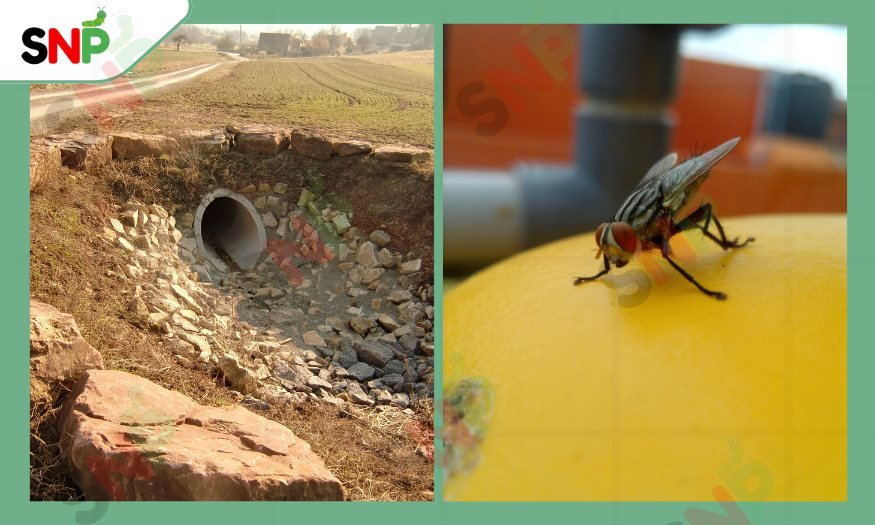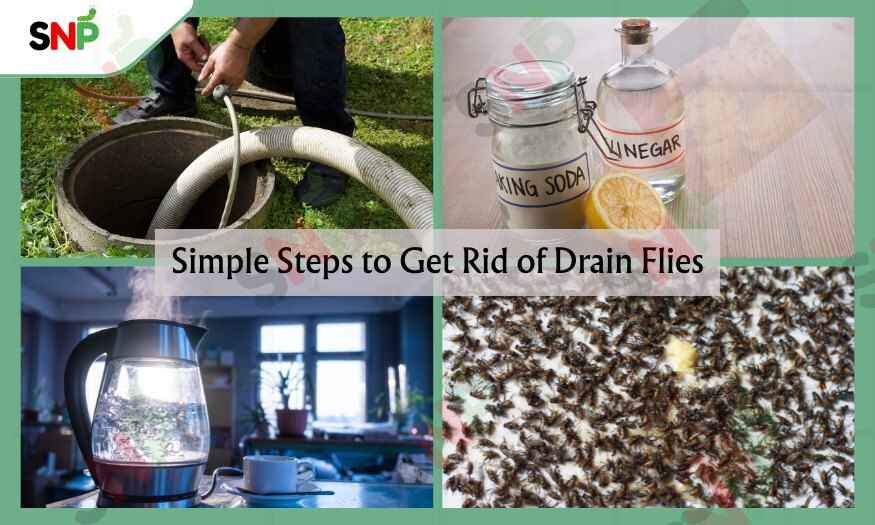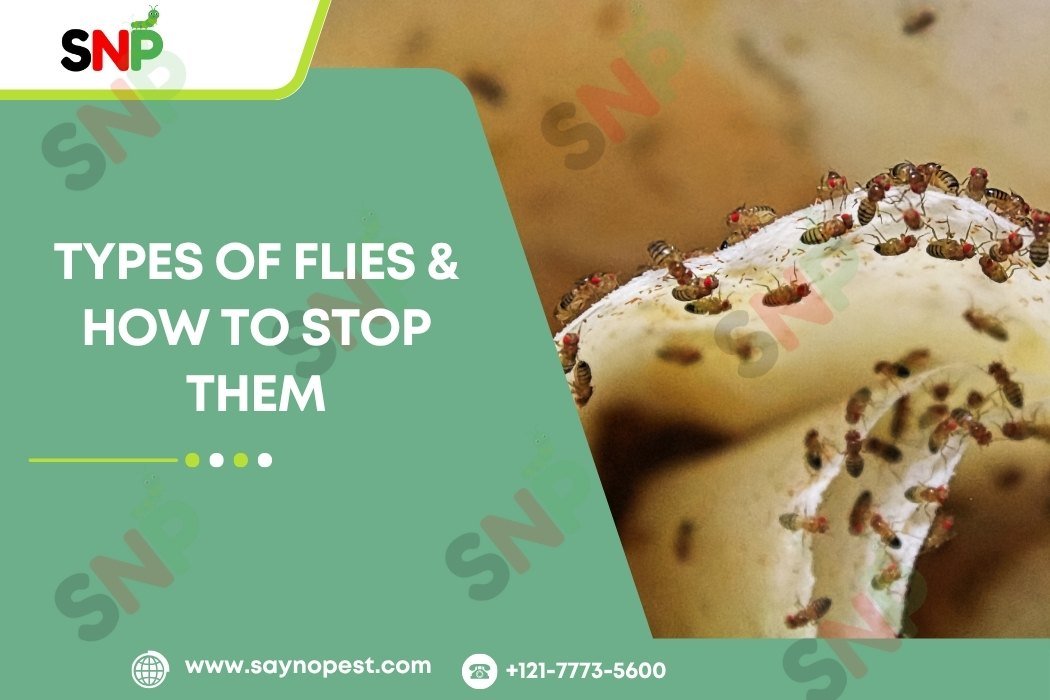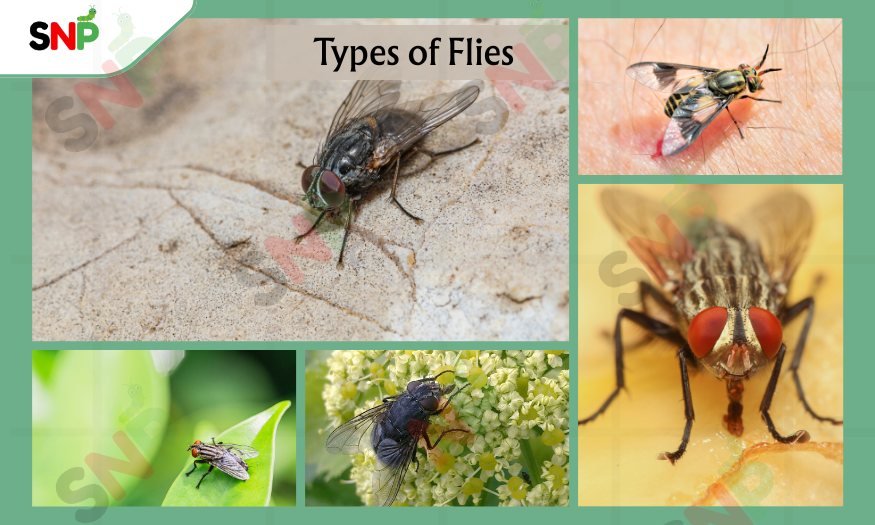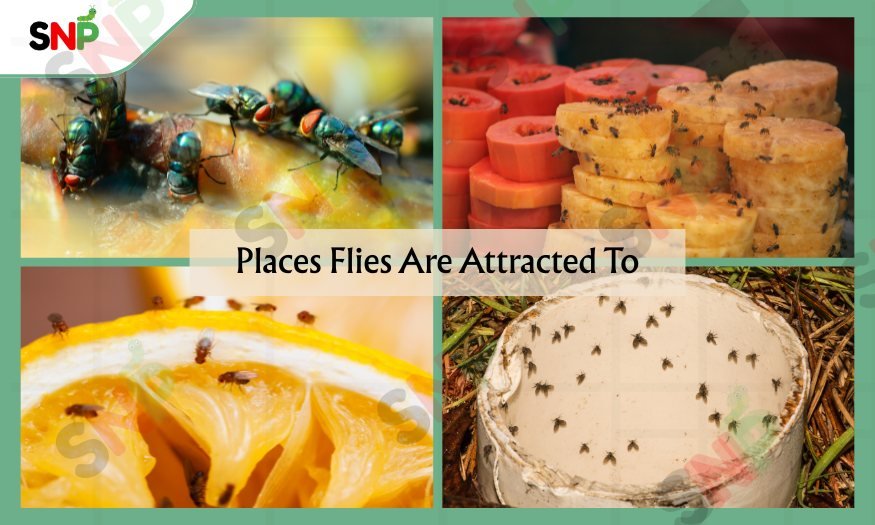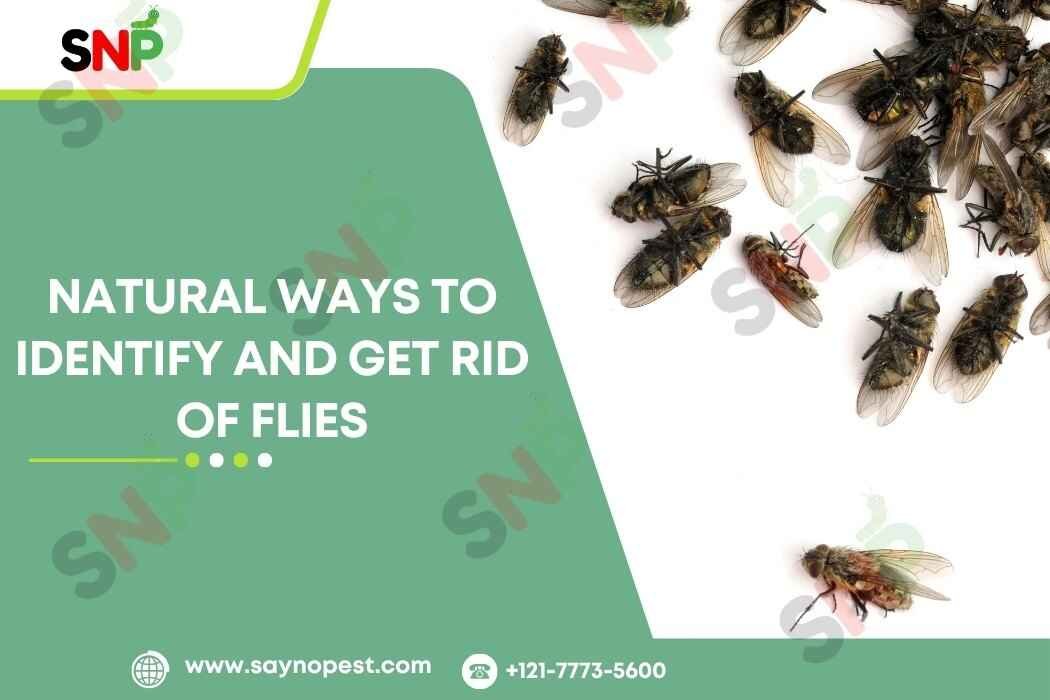If you are worried which fly species has invaded your home, cluster flies vs house flies? We might be able to help you figure it out. These flies have various differences. They are different in shape, color, habits, and in the health risks they pose. Let’s take a look at the main points of cluster flies vs house flies to help you spot them and get rid of these pests.
How to differenciate between House Fly vs Cluster Fly?

Let’s start with cluster flies!
Cluster flies are large in size and darker as compared to the house flies. A cluster fly has a dark gray to black body with a silvery, checkered abdomen. They usually have short golden hairs on the thorax.
Wings and Resting Position: The wings of cluster flies overlap when they rest. So if a fly is sitting near you, you will be able to tell what type of fly it is by the position of the wings.
Movement and Behavior: One of their characteristic is their slow movement and the fact that they usually gather in clusters. Cluster flies can be in the sunlight near windows or in the attic. Due to this they form clusters.
Habits: Cluster flies make a beeline for the houses in the late summer and fall for their hibernation, they like the attic and space in the walls. They have no intention of replicating indoors.
House Flies
House flies are small in size. They are about 3-8 mm long. The gray-color body of the house fly has four black stripes running along the back.
Movement and Behavior: House flies are more energetic and move faster. You are more likely to spot them while they are looking for food or water in your house.
Habits: House flies, in contrast, are powerfully attracted to food, rubbish, and decay. They deposit their eggs on these substances and thus they are able to multiply rapidly inside of your house.
Lifespan of Cluster Flies vs House Flies

The duration of lifespan of house flies vs cluster flies is different too:
Cluster flies have been known to survive beyond a few months especially when they enter into a hibernation state during winter. Their lifetime is deeply connected with the seasons since they look for warm places in houses to survive the cold.
The house flies are likely to live shorter which is about 15 to 30 days. But they multiply very fast and a small number of them can grow to a big number within a very short period when the weather conditions are in favor.
Which Fly is More Hazardous?
To decide the better option between cluster flies vs house flies, the health hazards need to be focused on first.
Are Cluster Flies Harmless?
Cluster flies are known as nuisance pests. They don’t transmit any diseases to people, and neither do they contaminate the food or surfaces in your house. The life of the larvae is in the soil, and they get their food from earthworms, therefore, they are not the ones that lay eggs on food or garbage.
Are House Flies a threat to your health?
House flies are a great danger to health. They are prime carriers of bacteria and germs. These flies feed and propagate on garbage, excrement, and the decomposition of organic matter. Pathogens can be transmitted by house flies to food and surfaces, thus, people must be careful.
Therefore, house flies are more dangerous than cluster flies.
Conclusion
The first step to effectively eliminate the pests and ensure that your home is safe, is to know the difference between house flies vs cluster flies. You should focus your energy on the quick removal of house flies and the maintenance of your house, and on sealing the entry points to ensure that the cluster flies do not get into your place to hibernate in winters. By understanding house flies vs cluster flies, you can take the right steps to protect your family.
